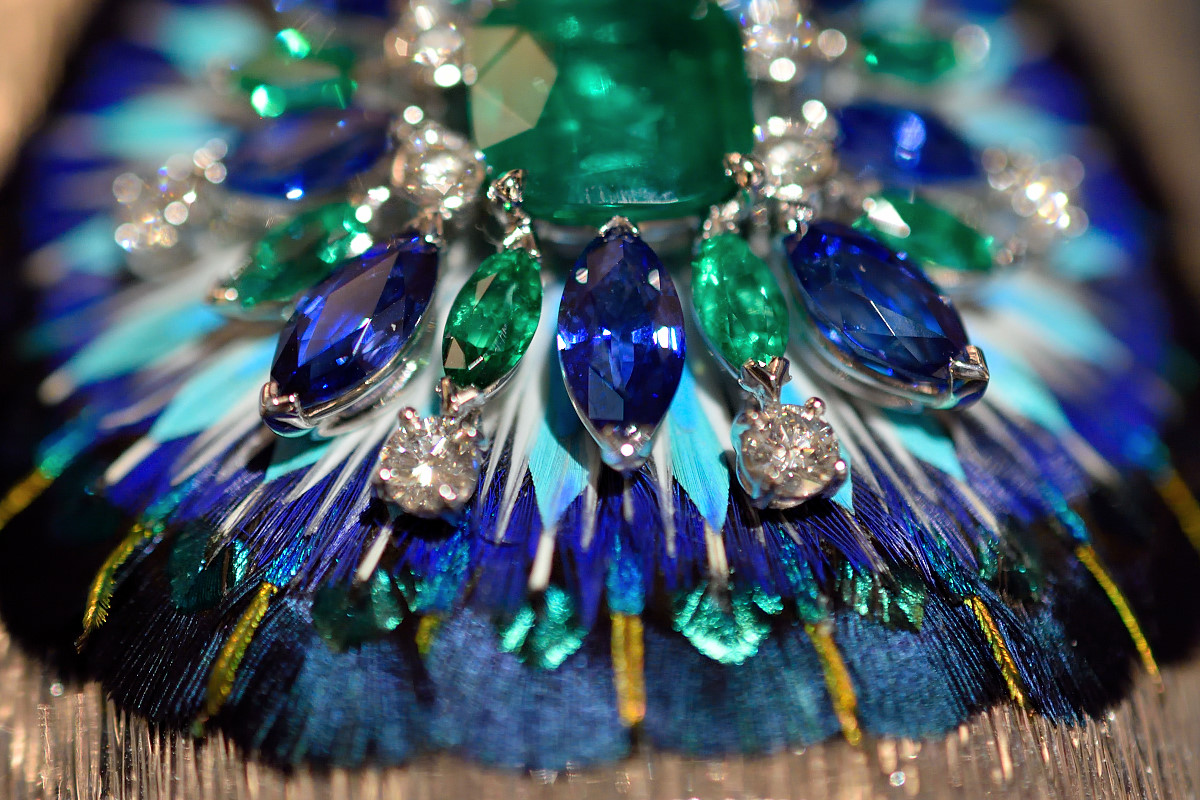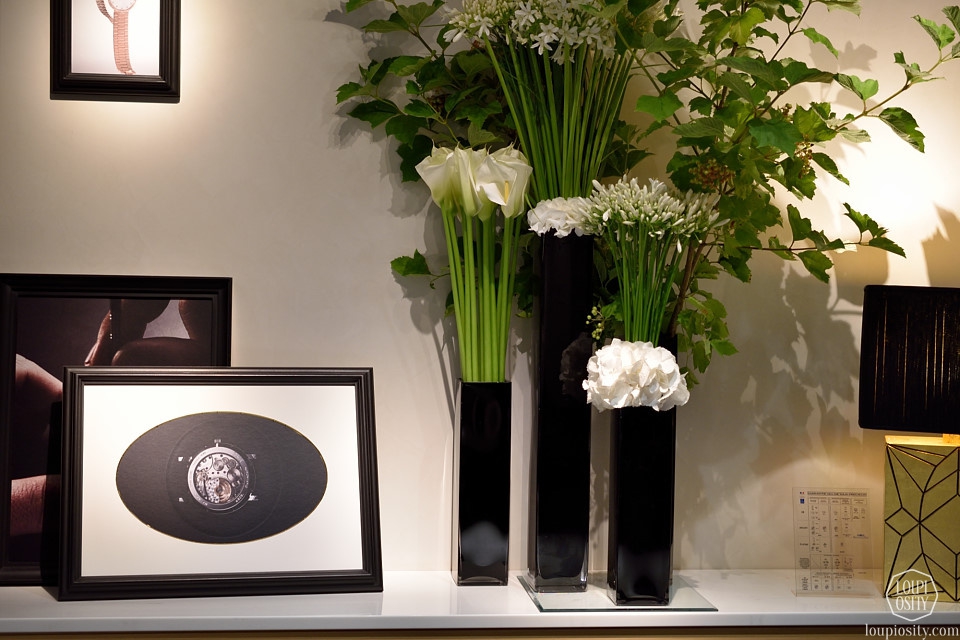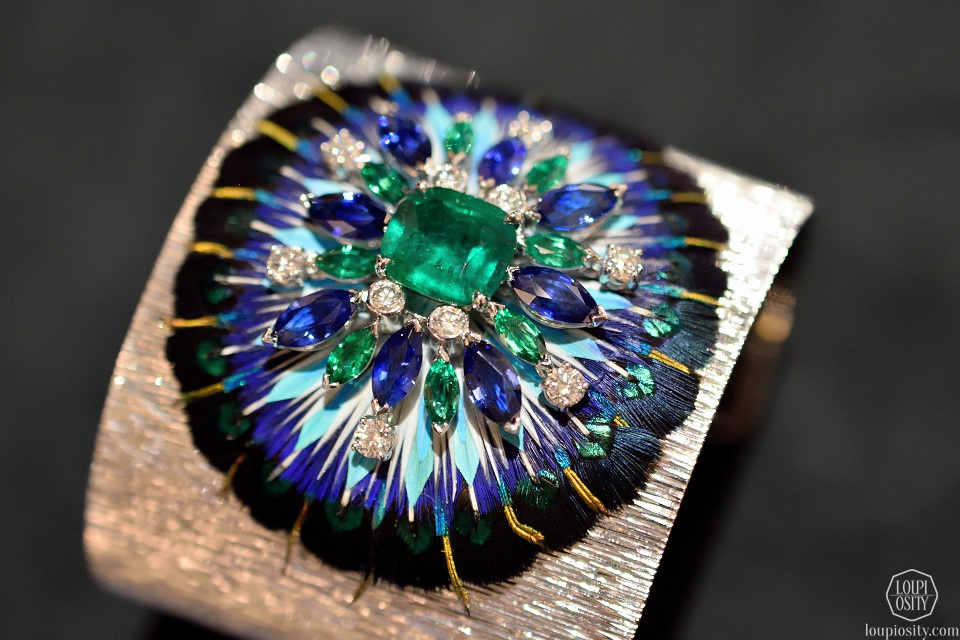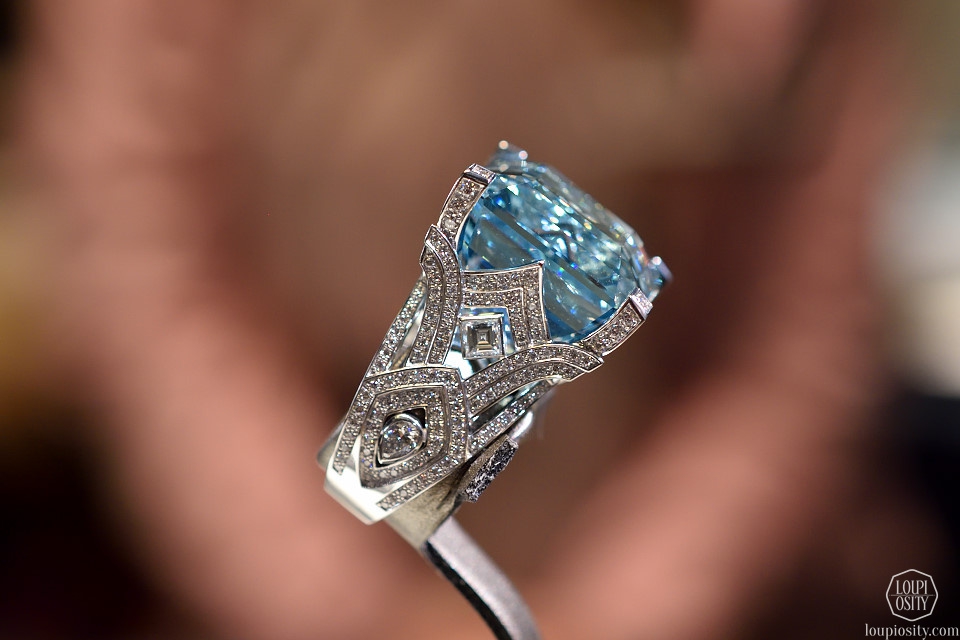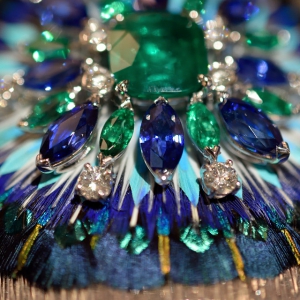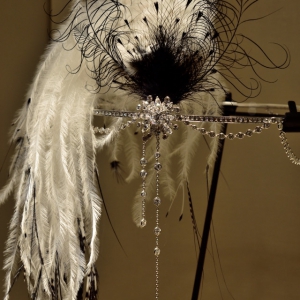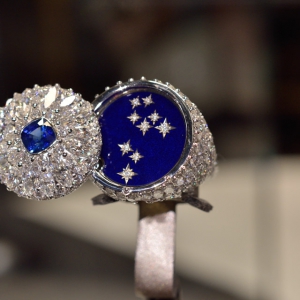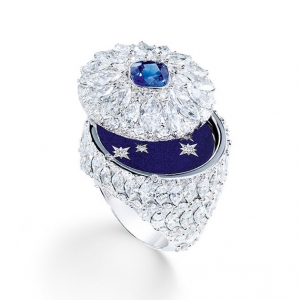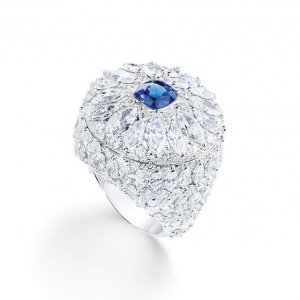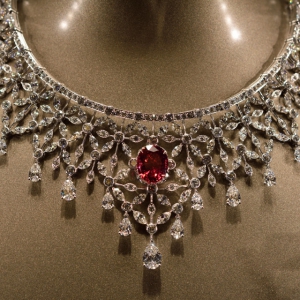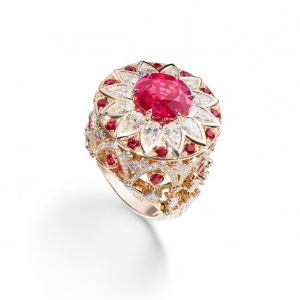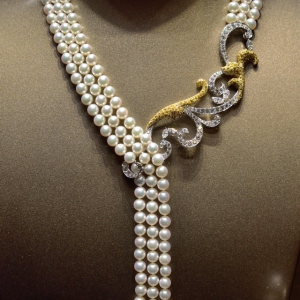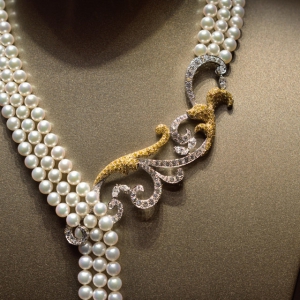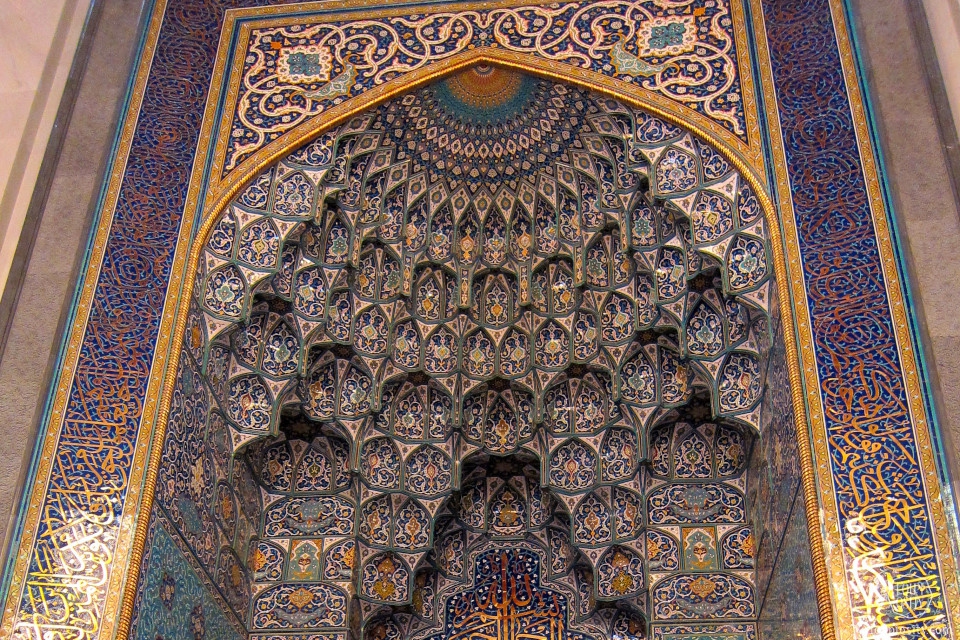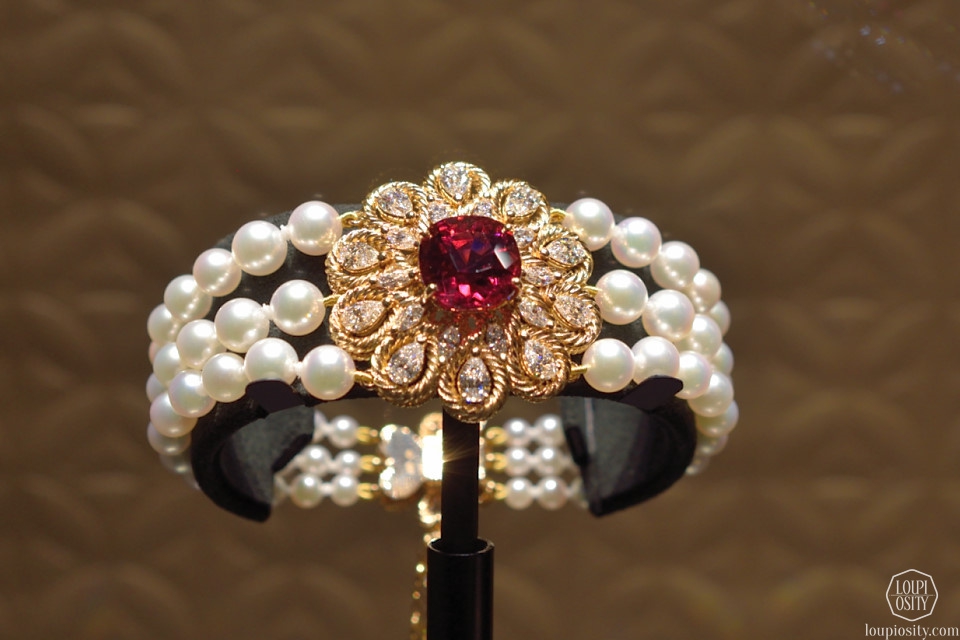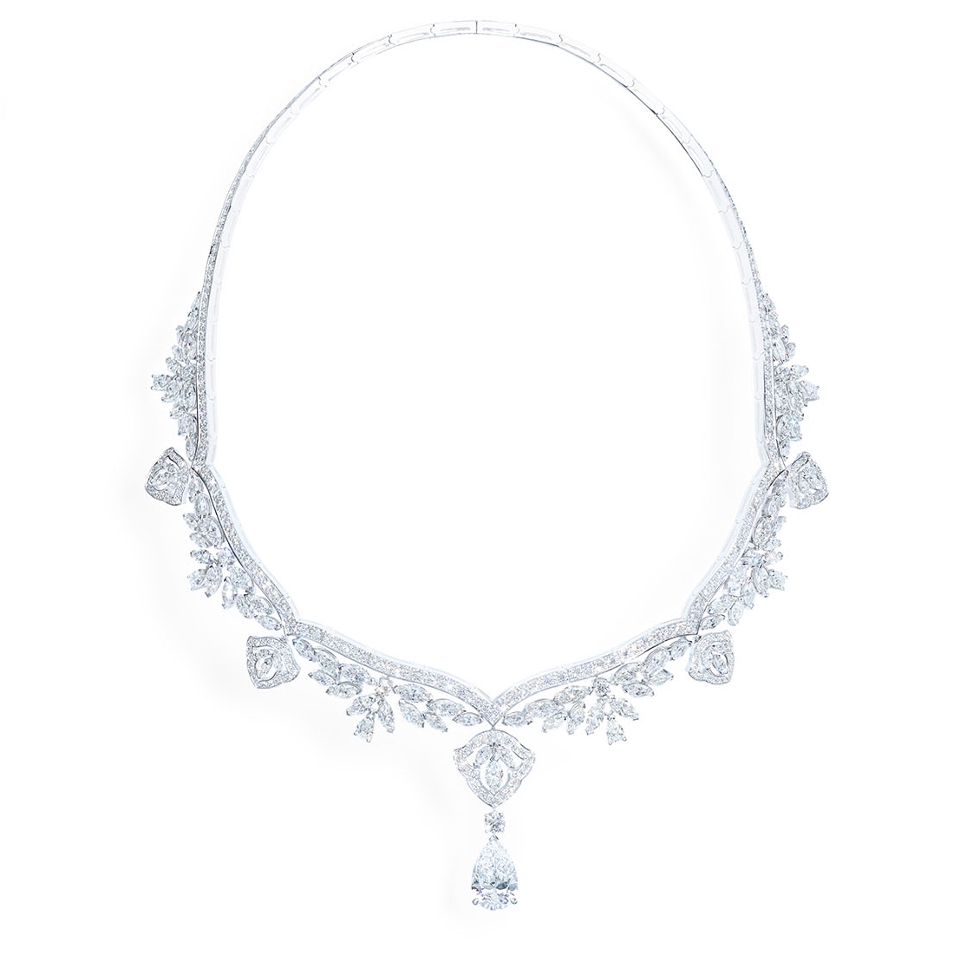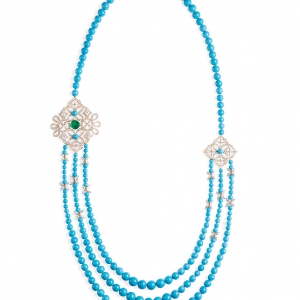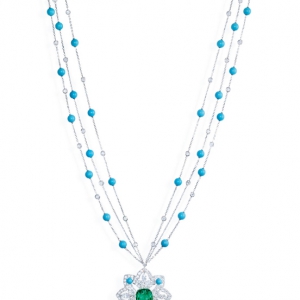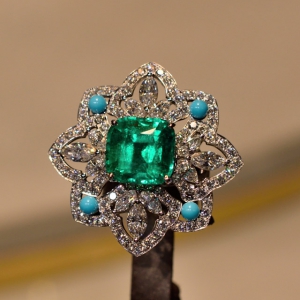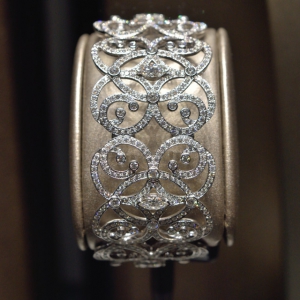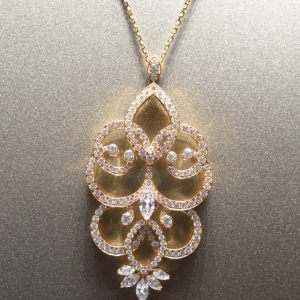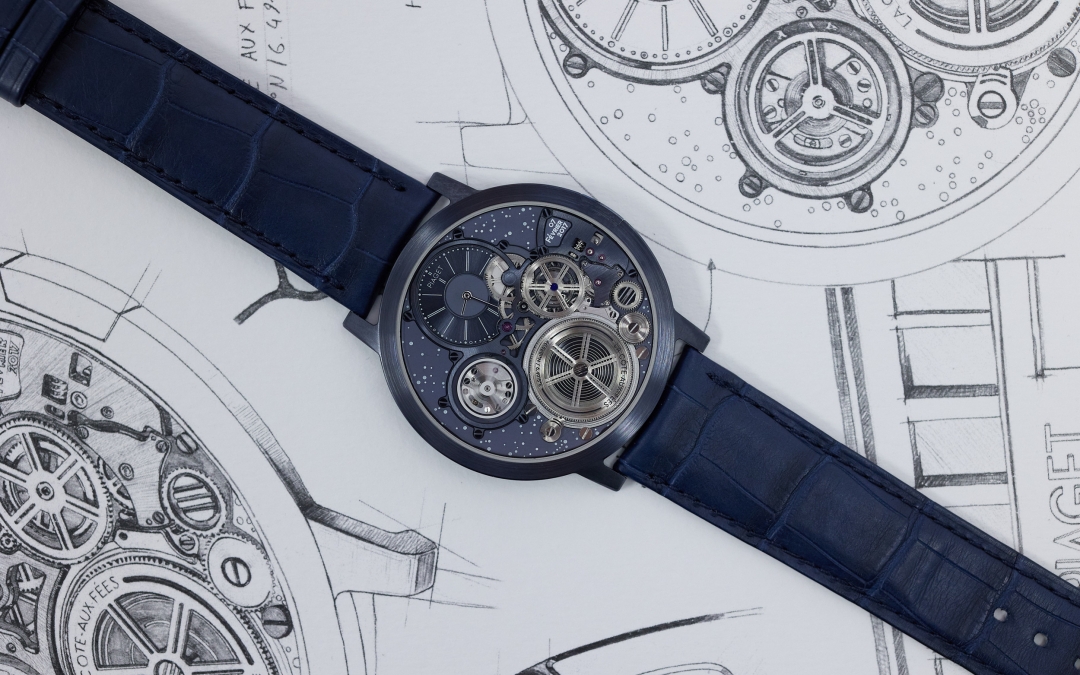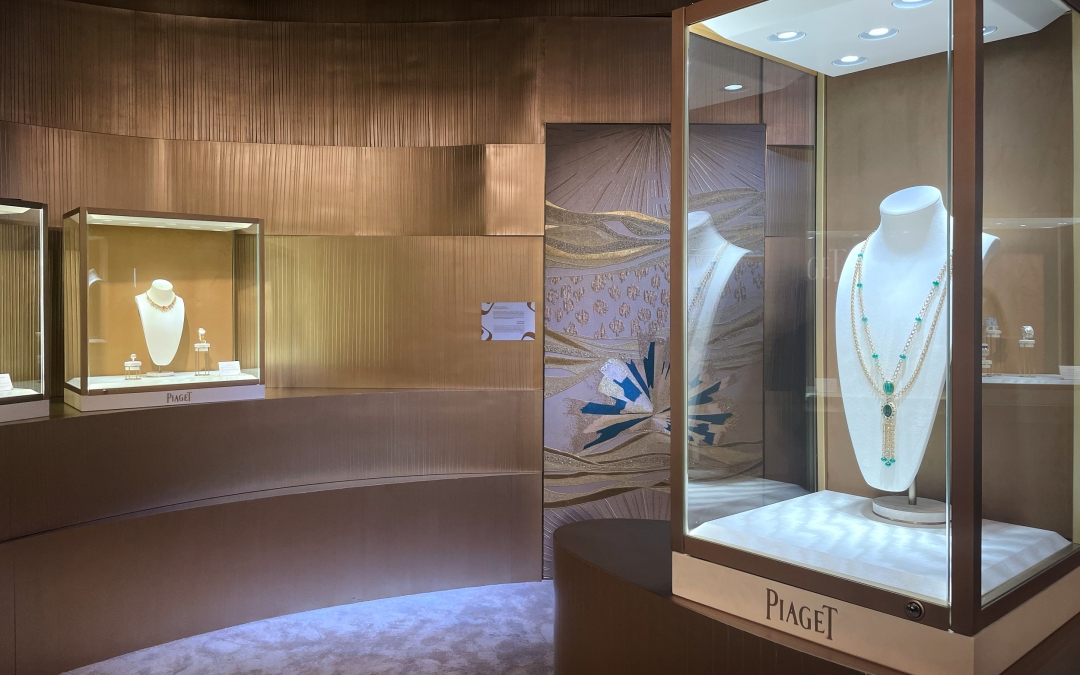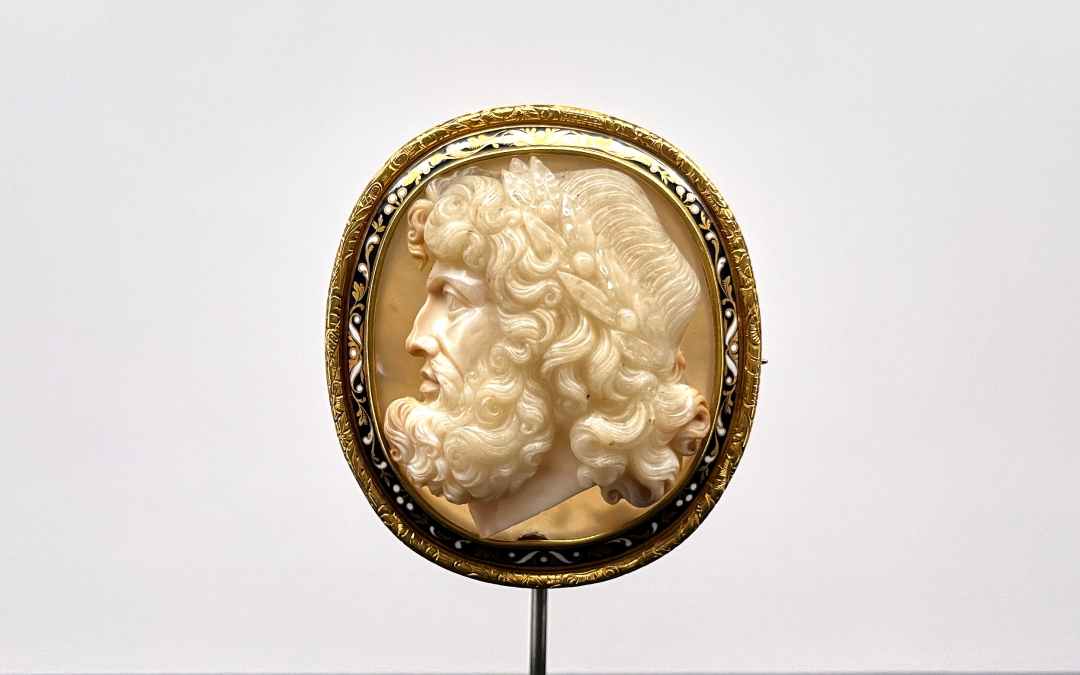This summer Piaget flew us from Paris and the vicinity of Place Vendome and the Rue de la Paix to another cities, rich in history and masterpieces, Venice and Samarkand with its 93 high jewellery creations.
Our guides on this journey were a designer of the Maison who worked on the pieces and the International Director of Jewellery Marketing, Communications and Heritage.
We chatted about inspirations for the new collection, creative process and the passionate “love affair” with high jewellery.
“Secrets of Venice”
Venice is one of the most popular and most iconic cities in the world. It is known as the “city of canals”, “city of lovers” or “city of bridges”. It is listed as a World Heritage Site, along with its lagoon. From the 5th to 8th century AD, Huns, Goths and barbarians repeatedly ransacked Roman towns along the Adriatic coast. Many people escaped to the lagoon islands and formed a loose federation. The first “official” doge was Duke Paolo Lucio Anafesto in 697. His successors would lead the city for more than 1000 years. The Most Serene Republic of Venice (Serenissima) dates back to 827, when a Byzantine duke moved its seat to the Rialto.
Venice established a great military might and gained extensive trading privileges which would influence and dominate the Adriatic for centuries.
By 1796, the Republic of Venice could no longer defend itself. French troops under Napoleon Bonaparte occupied the Venetian state in 1797. Under the conditions of the peace-agreement of Campoformio, Venice and all her possessions became Austrian.
Venice joined the independent kingdom of Italy in 1866. The former glamorous empire was dazzlingly cosmopolitan; its art was daring, colourful and dictated “fashion” for long time.
The city inspired many artists including composers such as Vivaldi and Monteverdi, painters, including Titian, Tintoretto, Tiepolo as well as writers and poets. Shakespeare never visited Venice, but based on the recollections of the travellers of the time, he portrayed the daily life of the 16th century Rialto very accurately in the Merchant of Venice. Thomas Mann’s classic, Death in Venice or Mario and the Magician drew from the experiences of his trip to Italy in 1926. And for Casanova, Venice was also the city of frivolous pleasures.
Piaget maintains a cultural patronage relationship with the city, as they offered their watchmaking expertise and support to the restoration of Venice’s invaluable clocks. The work, which commenced in 1997, has included the complete restoration of the mechanism of the Tower Clock and the clock of the Palazzo Ducale. The city’s bridges, palaces and decorations which uniquely fuse Italian Renaissance and Byzantine / Eastern architectural elements inspired Piaget’s creative team during the creation of the jewellery.
Paying homage to exceptional artistic genres, Piaget worked together with Nelly Saunier a “feather marquetry” artist (known as plumasserie in French). Nelly adorns various haute-couture and haute joaillerie pieces with feathers. She has worked with designers at Jean-Paul Gaultier, Paco Rabanne, Givenchy, Yves St Laurent, Jean-Charles de Castelbajac, just to name a few. During her cooperation with Piaget, she immersed herself in the famous masked balls of the city and let herself be inspired by the Venetian feather masks.
A white gold bracelet, finished with a special hand engraving technique of Piaget, is adorned with different types of feathers. For the feather inlays lively coloured peacock and so-called Lady Amherst’s pheasant feathers were used. On the top of the setting 1 cushion-cut emerald (approx. 3.46 ct) sits with 8 marquise-cut emeralds (approx. 4.80 ct), 8 marquise-cut blue sapphires (approx. 7.66 ct) and 10 brilliant-cut diamonds (approx. 1.08 cts) around it.
Nelly also ornamented an elegant white gold headband with feathers, which is also set with marquise-cut and brilliant-cut diamonds and 1 cushion cut 2.20 ct diamond in the middle.
Piaget is well known for its secret watches, such as the Rose Passion Secret or the Limelight Secret timepieces – basically every season brings new creations, where high jewellery meets horology. However, this is the first time that the Maison created a secret ring. The outside of the white gold ring is set with 1 cushion-cut blue sapphire, marquise-cut diamonds and brilliant-cut diamonds. If you turn the top of the ring, a night-blue enamel surface appears with little diamond stars, shaping the Leo constellation. San Marco’s symbol, the winged lion has become an emblem of the city’s unity, symbolizing virtues such as strength and bravery.
Beautiful cocktail rings were also shown with exceptional gemstones (aquamarine, ruby, emerald, blue sapphire), which were inspired by the Byzantine windows, and the arc and lines of the palazzos lining the Grand Canal.
“Lights of Samarkand”
Samarkand is also a fascinating and a bit more exotic city it is one of the oldest inhabited cities in Central Asia. Its name means the “Queen of the Earth”.
The city’s prosperity was attributed to its location being on the trade route between China and the Mediterranean (Silk Road). Alexander the Great conquered Samarkand in 329 BC, which was known as Maracanda by the Greeks. It had an eventful history throughout the centuries. Today it is in Uzbekistan and the inner town is considered to be the crossroads of world cultures with a history of over two and a half millennia. It was added to the UNESCO World Heritage List in 2001.
The city had pre-Islamic and Islamic periods, giving a unique architectural flavour to its buildings.
Major monuments include the Registan Mosque and Square, Bibi-Khanum Mosque, the Shakhi-Zinda compound (a complex of mausoleums from between the 14th-15th centuries), the Gur-Emir ensemble (“Tomb of the King”), as well as the Ulugh-Beg’s Observatory.
Piaget revives the magic of the Orient in its new jewellery pieces by colourful and splendid central stones, shapes and patterns of the arabesques.
The vivid colour combination of the turquoise blue hard stones with emeralds forms a fine contrast. The set includes earrings, necklace and ring with turquoise beads, cushion-cut emeralds and diamonds. The four-leaved flower-ring features a splendid 7.29 ct Colombian emerald as a centrepiece.
The pieces evoke the colours and motifs of Registan, which was the heart of the ancient city of Samarkand. It reminds me of the Mihrab in a much more recent building, the Sultan Qaboos Grand Mosque in Muscat, Oman.
An elegant necklace with a highlight of a remarkable pear-shaped 4.01 ct diamond (D colour, VVS1 clarity) is surrounded by marquise-cut diamonds. The marquise-cut has become Piaget’s signature, which requires perhaps an even more careful selection and setting of stones as perfect alignment has to be achieved for a seamless flow.
Photo credits: Piaget, Loupiosity.com.
All registered trademarks are property of their respective owners.
All rights reserved.
